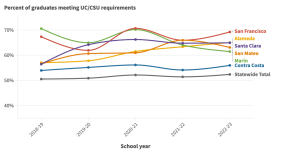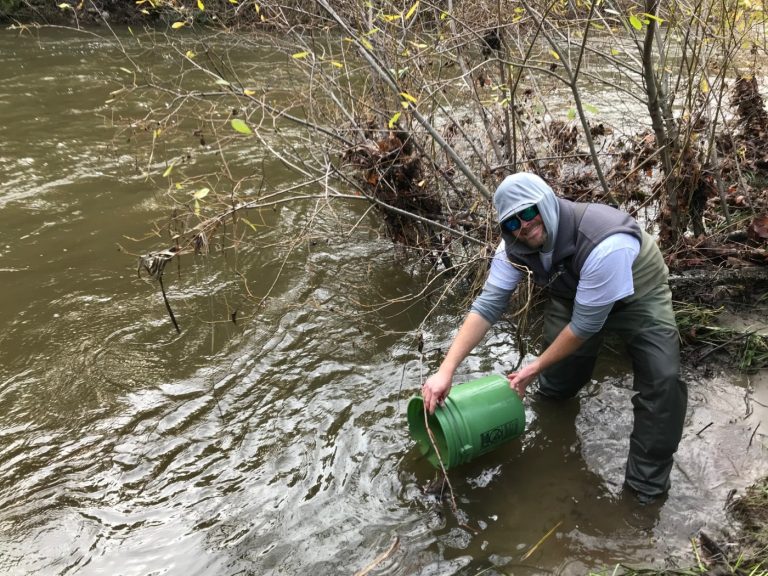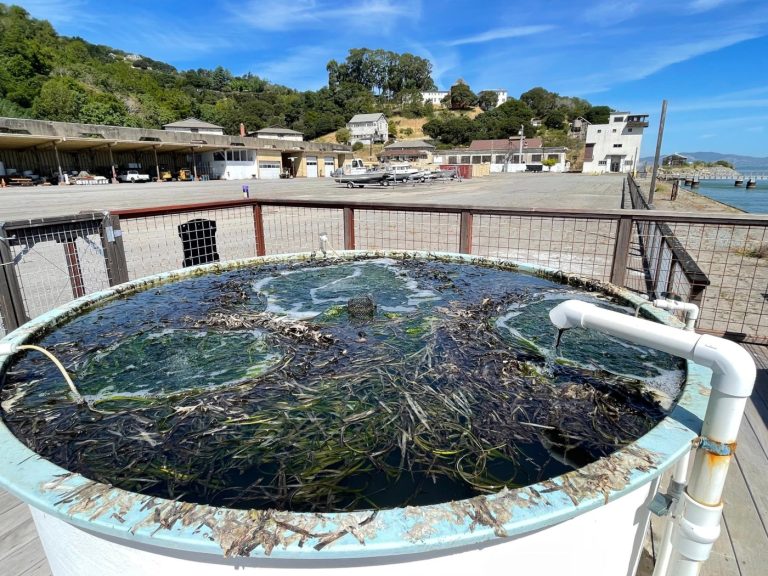When voters approved a ballot initiative to expand Pittsburg’s growth boundaries by 2,400 acres in 2005, that opened the door for a developer who had been eyeing the southwestern hills on the city’s outskirts for years, envisioning thousands of residences lining the sweeping vista.
But for nearly two decades since then, plans to build single-family homes on a portion of that land have been tied up in development disputes and environmental legal challenges.
That battle may come to an end on Wednesday if county officials agree to cede control of 606 acres to Pittsburg — potentially clearing the project’s final hurdle for approval.
The Faria/Southwest Hills Project aims to construct as many as 1,500 new single-family homes concentrated around the Los Medanos Ridgeline. Proposed by Discovery Builders — an affiliate of Concord-based developer Albert Seeno III — the project has twice been approved by the Pittsburg City Council.
But Faria’s forward momentum has been stalled, awaiting annexation of an unincorporated agricultural preserve, which Discovery Builders owns, into Pittsburg’s city limits and service areas of the Contra Costa Water and the Delta Diablo Sanitation districts. The Contra Costa Local Agency Formation Commission (LAFCO), which oversees such boundary changes, will vote on the annexation Wednesday.
This decision was postponed in April amid mounting opposition, including hundreds of letters from members and supporters of the nonprofit Save Mount Diablo — a land trust and conservation organization — urging supporters to help “Save the Ridge.” They say the Albert Seeno III development is “disastrous” and threatens to “bulldoze the top of Pittsburg’s hills.” Opponents say Discovery Builders “never provided project-level environmental review as LAFCO has repeatedly said it requires,” nor has it submitted a detailed grading plan or an engineered subdivision map with house lots and streets.”
For more than a decade, Seth Adams, land conservation director for Save Mount Diablo, has fought to protect Pittsburg’s hills from being developed by Seeno and questioned the homebuilder’s motives for wanting to fast-track approvals before the public can review detailed blueprints. At the same time, Albert Seeno III has attempted to distance himself from a history of familial spats and environmental violations clouding developments led by other members of his family’s building empire across Contra Costa County’s hills.
In addition to a youth recreation center and trails that will connect to Thurgood Marshall Regional Park, plans for the other half of the Faria/Southwest Hills Project along the ridge include 265 acres of open space and a greenbelt buffer against the East Bay Regional Park District’s land, which is sandwiched between a billion-dollar, 12,200-unit housing development slated for the former Concord Naval Weapons Station on the other side of the hill.
Adams is urging the commission to require more green space — up to 500 feet — against the regional park, contending wildlife habitats, access to nature, neighborhood traffic, fire risks and the community’s scenic views could be negatively affected by heavy grading during construction.
“I think a whole bunch of issues can be resolved by making a bigger buffer on this county unincorporated land between the development footprint and the edge of Concord” he said in April.
Faria’s vision for Pittsburg’s southwest hillside has been disputed for years.
The first application for the project was filed in 2010, but a premature annexation bid was quickly withdrawn in 2011. Developers modified the proposal in 2014 and again in 2017, then resurrected the plans in 2020. After gleaning council approval in 2021, a lawsuit arguing that the project would mar the hills and habitat subsequently forced Discovery Builders to redraft environmental reviews, which the Pittsburg City Council re-approved in April 2023 — against the recommendation of Pittsburg’s planning commissioners.
Elected leaders’ have increasingly cited pressure to not only generate millions of dollars of much-needed tax revenues, but also meet its state-mandated housing development goals to keep up with its above-average rate of growth in Contra Costa County. Pittsburg’s population is expected to swell from 77,500 to approximately 91,600 residents by 2040, according to the city’s previous Housing Element, and the city’s current plan was already out of compliance with current state law by March 1.
Related Articles
Too much affordable housing? Concord rejects low-income project downtown, draws state scrutiny
Project to renovate Berkeley’s California Theater survives appeal
Saratoga council approves controversial retirement community expansion
Google ready to launch downtown San Jose village
Not (officially) in my backyard: Illegal California ADUs outpacing permitted ones
Ahead of the county vote to annex the land, Lou Ann Texeira, the commission’s executive officer, said the city’s final environmental certification last year is adequate, especially because no lawsuits were filed following the City Council vote.
“I’ve urged the city, the developer, and Save Mount Diablo to work together on preserving some permanent open space in that area — that’s the best I can legally do,” Texeira said ahead of Wednesday’s meeting. “It’s been a challenging process, but I think I have all the information I need to bring this forward (for approval). I hope this moves forward without any hiccups.”
Louis Parsons, president of Discovery Builders and the former project manager of the Faria development, has long described Save Mount Diablo’s challenge as “meritless.” In April, he said that environmentalist group “is confused about the Contra Costa LAFCO’s role or is attempting to confuse the public and decisionmakers.”
“The fact is the shape and scope of the project is already approved by the city of Pittsburg,” Parsons wrote in an email. The proposed development “satisfies all environmental regulations, including important habitat conservation policies adopted by various local cities and the Contra Costa County Habitat Conservancy.”












